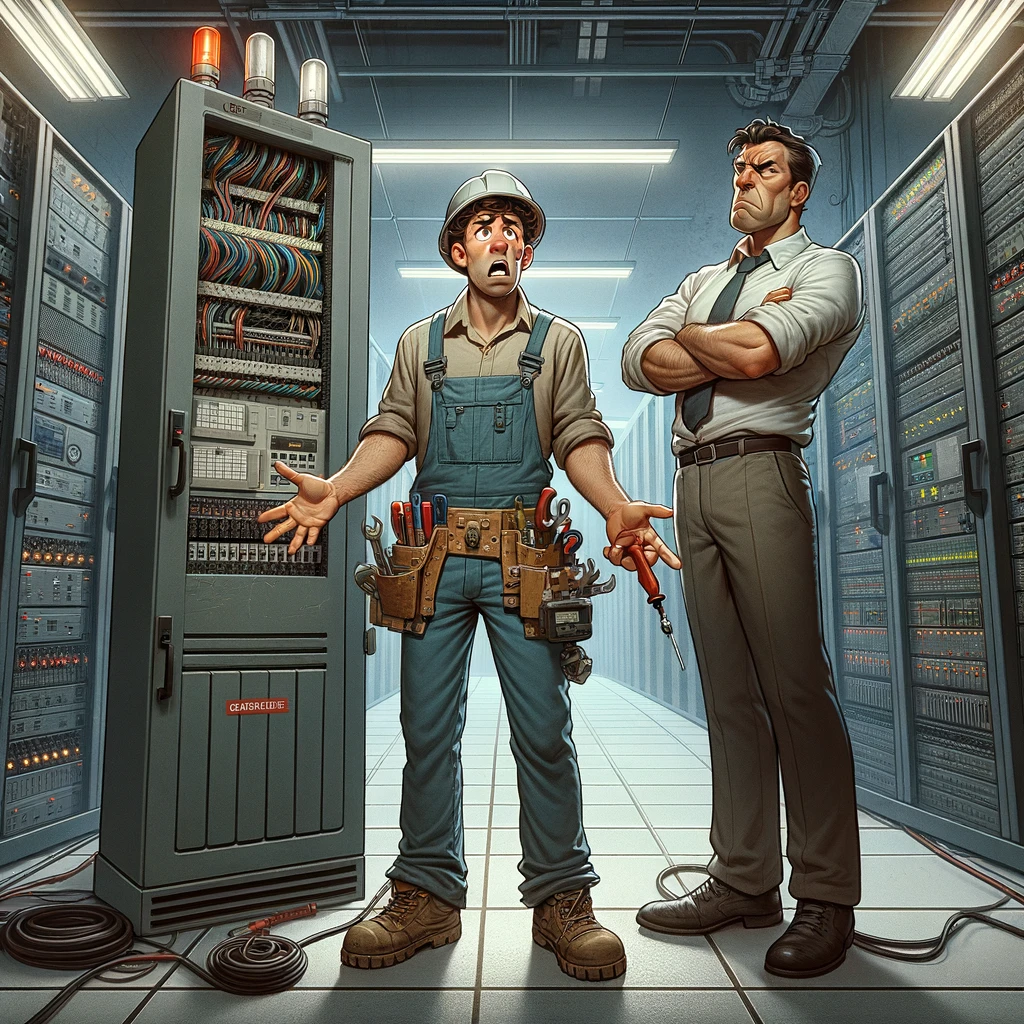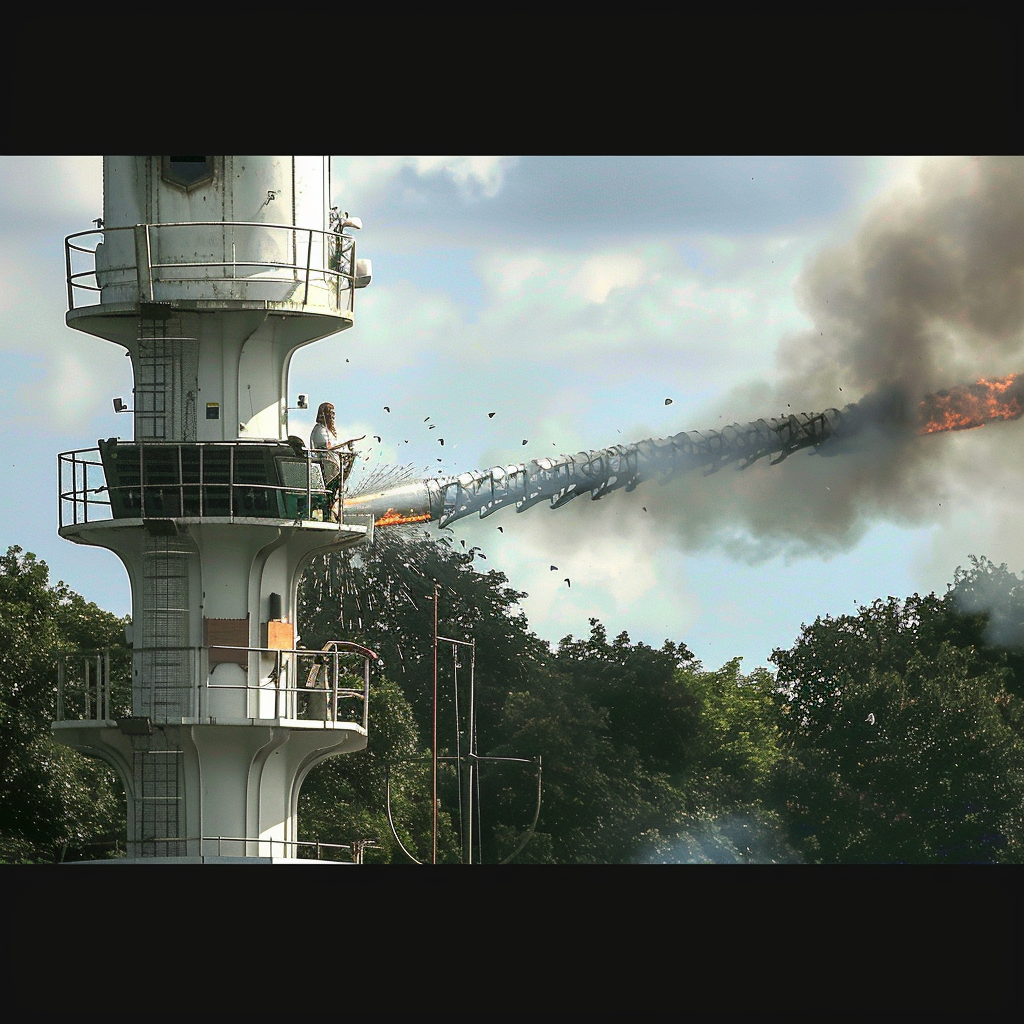Imagine this: nestled in the heart of the Netherlands, a local government’s data center faces an unexpected adversary. Not fire, but the very system designed to protect against it—a stealthy, invisible force that spells doom for unsuspecting hard disks.
Enter the scene, the Inert Gas Fire Protection System—a knight in shining armor for electronics, or so it was thought. Picture a tranquil office disrupted by a calamity not of flames, but of air—silent but deadly (to hard drives, at least). Our protagonist, a set of 56 Netapp disks, stands unprepared for the chaos about to unfold.
The plot thickens as the insurance company, with brows furrowed, inquires, “How could mere gas wreak such havoc?” A tale of acoustic noise unfolds, a villain not of pressure, temperature, or chemical reactions, but of sound—a serenade of destruction for the digital age.
As the gas rushes from its pressurized lair, it screams through the data center, a banshee wail disturbing the peace of hard disk drives. This noise, akin to a sonic boom in the confined space of a data center, causes vibrations. These vibrations coax the delicate read/write heads of hard drives to dance erratically, skipping over the precise tracks they’re meant to follow—a microscopic ballet with catastrophic consequences.
But what of the Inert Gas Fire Suppression System itself? A concoction of Argon and Nitrogen, these gases are the unsung heroes of fire protection—silent guardians that smother flames without a hint of danger to electronics, hardware, or the humans amongst them. By reducing oxygen levels just enough to starve a fire but not enough to trouble breathing, these systems were thought to be the perfect solution since their debut in the mid-90s.
Stored like warriors in high-pressure cylinders, ready at a moment’s notice to defend against the fiery foe, they release their charge with such force that the data center itself must be designed to breathe—to prevent the buildup of pressure from turning rescue into ruin.
Yet, the tale takes a twist with the saga of ING Bank’s data center in Romania. A test of valor, a fire extinguishing trial meant to demonstrate strength, instead reveals a flaw. The silent protector’s shout of release sends vibrations coursing through the center, a tempest that leaves servers in silence, unavailable to the world.
The decibel level of this unexpected uproar? Beyond the reach of their equipment, over 130dB—a concert of chaos in the quiet world of data storage.
So, as we draw the curtain on this modern fable, let us remember: in the realm of technology, protectors must tread lightly, for their strength can be as destructive as the dangers they guard against. A lesson in humility, a whisper in the wind—sometimes, the gentlest approach ensures the safety of the treasures we hold dear.
Acoustic Nozzle Design for Fire Protection Application

An interesting paper about the matter can be found here
More reading on this matter
Siemens White Paper: Potential problems with computer hard disks when fire extinguishing systems are released
Provider WestHost was down for 6 days when a fire-suppression system test went terribly wrong
Was it caused by the inert accoustics, or by the the fire alarm siren (horn)?



